Module 8: Community-based Learning
The Seven Sacred Teachings
Developing a safe space for community collaboration with Indigenous Peoples also includes the Seven Sacred Teachings.
The Seven Sacred Teachings
The Seven Sacred Teachings are teachings on human conduct toward others. These teachings were traditionally used for survival of Indigenous communities. They are still used for the same purpose in Indigenous communities today.
The Seven Sacred Teachings are also known as the Teachings of the Seven Grandfathers.
To cherish knowledge is to know Wisdom;
To know Love is to know peace;
To honor all of the Creation is to have Respect;
Bravery is to face the foe with integrity;
Honesty also means “righteousness”, be honest first with yourself — in word and action;
Humility is to know yourself as a sacred part of the Creation,
Truth is to know all of these things.
Learner notes
The headings and text for each of the Seven Sacred Teachings is taken from the Seven Sacred Teachings on the Empowering the Spirit website.
Love must be unconditional
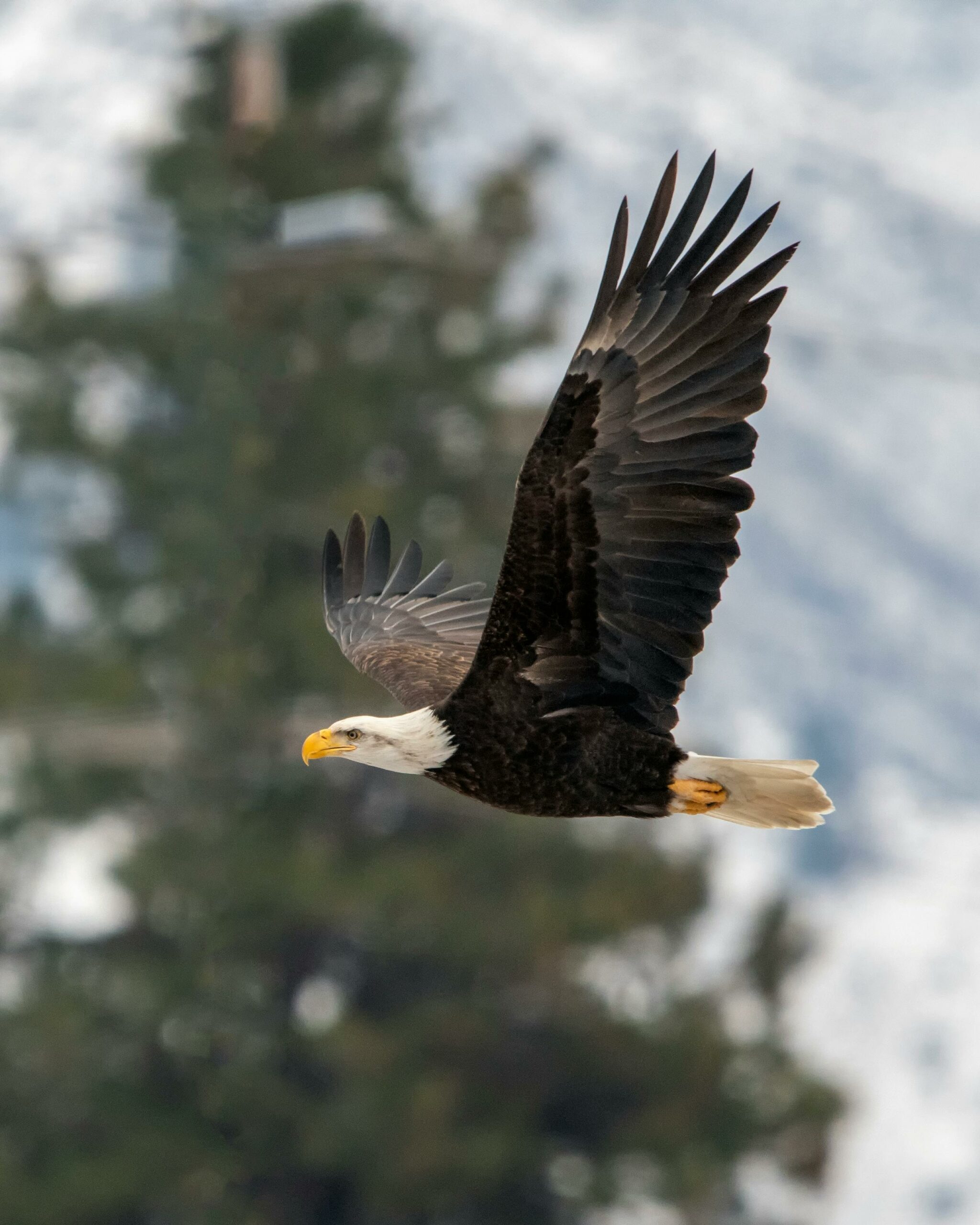 To feel true love is to know the Creator. Therefore, it is expected that one’s first love is to be the Great Spirit. He is considered the father of all children, and the giver of human life. Love given to the Great Spirit is expressed through love of oneself, and it is understood that if one cannot love oneself, it is impossible to love anyone else.
To feel true love is to know the Creator. Therefore, it is expected that one’s first love is to be the Great Spirit. He is considered the father of all children, and the giver of human life. Love given to the Great Spirit is expressed through love of oneself, and it is understood that if one cannot love oneself, it is impossible to love anyone else.
The Eagle was chosen by the Great Spirit to represent this law, as the Eagle can reach the highest out of all the creatures in bringing pure vision to the seeker. Although the supplier of the greatest and most powerful medicine, love can also be the most elusive of the teachings, as it depends upon a world that acknowledges the importance of spirituality.
Learner notes
Respect is the condition of being honoured
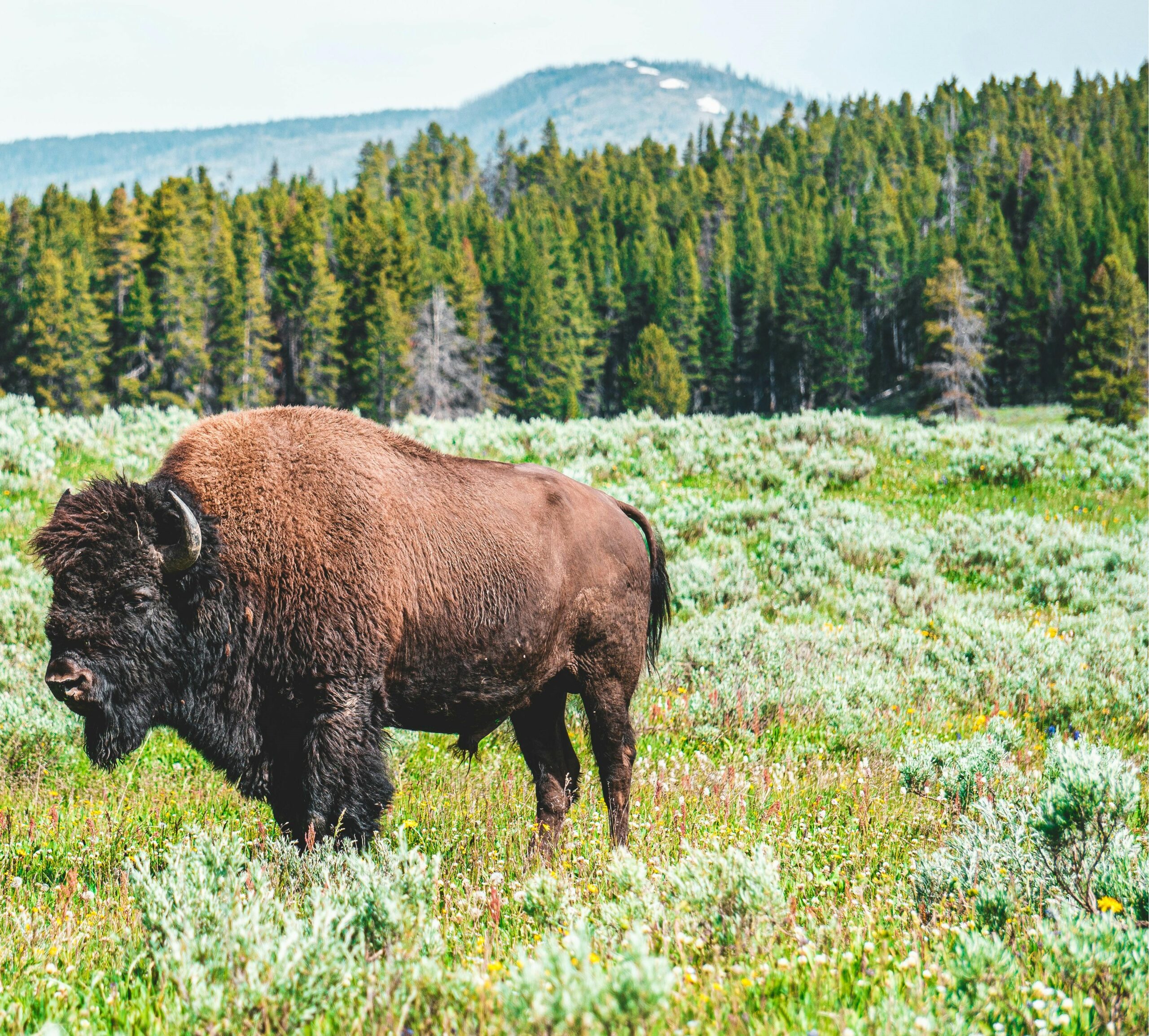
The Buffalo, through giving its life and sharing every part of its being, showed the deep respect it had for the people. No animal was more important to the existence of Indigenous families than this animal, and its gift provided shelter, clothing and utensils for daily living. Native people believed themselves to be true caretakers of the great herds, and developed a sustainable relationship with the Buffalo resulting in a relationship that was a true expression of respect.
Learner notes
Developing a safe digital space for community collaboration with Indigenous Peoples also includes respect: respect for the sacrifices of all of the project members, and respect for sharing part of yourself and being vulnerable.
Courage is the ability to face danger, fear, or changes with confidence and bravery
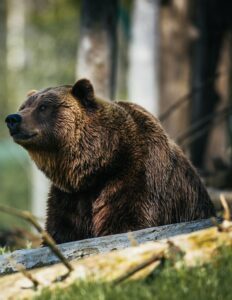 The Bear provides many lessons in the way it lives, but courage is the most important teaching it offers. Though gentle by nature, the ferociousness of a mother Bear when one of her cubs is approached is the true definition of courage. To have the mental and moral strength to overcome fears that prevent us from living our true spirit as human beings is a great challenge that must be met with the same vigour and intensity as a mother Bear protecting her cub. Living of the heart and living of the spirit is difficult, but the Bear’s example shows us how to face any danger to achieve these goals.
The Bear provides many lessons in the way it lives, but courage is the most important teaching it offers. Though gentle by nature, the ferociousness of a mother Bear when one of her cubs is approached is the true definition of courage. To have the mental and moral strength to overcome fears that prevent us from living our true spirit as human beings is a great challenge that must be met with the same vigour and intensity as a mother Bear protecting her cub. Living of the heart and living of the spirit is difficult, but the Bear’s example shows us how to face any danger to achieve these goals.
Learner notes
Honesty is speaking and acting truthfully, and thereby remaining morally upright
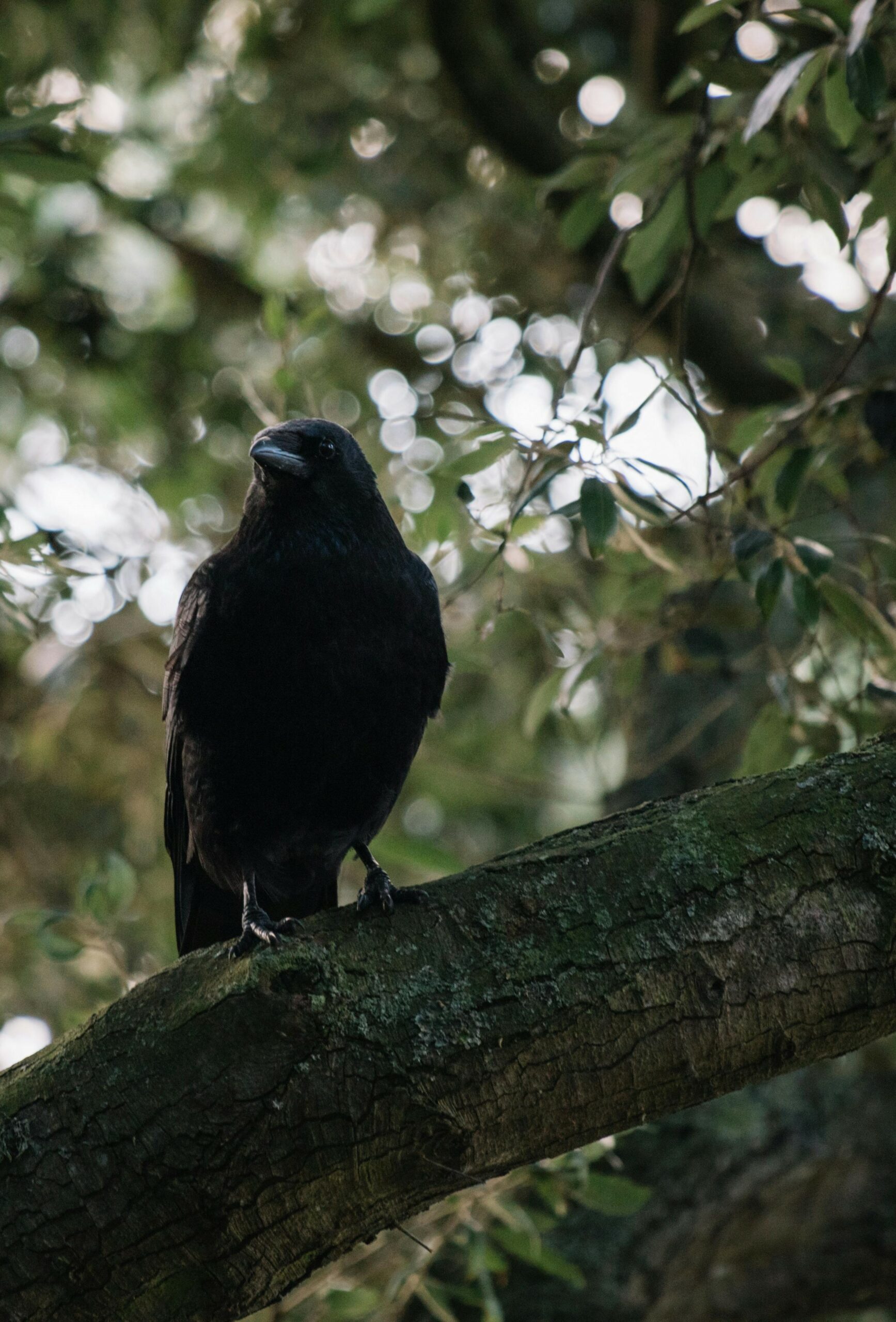 Long ago, there was a giant called Kitch-Sabe. Kitch-Sabe walked among the people to remind them to be honest to the laws of the creator and honest to each other. The highest honor that could be bestowed upon an individual was the saying “There walks an honest man. He can be trusted.” To be truly honest was to keep the promises one made to the Creator, to others and to oneself. The Elders would say, “Never try to be someone else; live true to your spirit, be honest to yourself and accept who you are the way the Creator made you.”
Long ago, there was a giant called Kitch-Sabe. Kitch-Sabe walked among the people to remind them to be honest to the laws of the creator and honest to each other. The highest honor that could be bestowed upon an individual was the saying “There walks an honest man. He can be trusted.” To be truly honest was to keep the promises one made to the Creator, to others and to oneself. The Elders would say, “Never try to be someone else; live true to your spirit, be honest to yourself and accept who you are the way the Creator made you.”
Wisdom is the ability to make decisions based on personal knowledge and experience
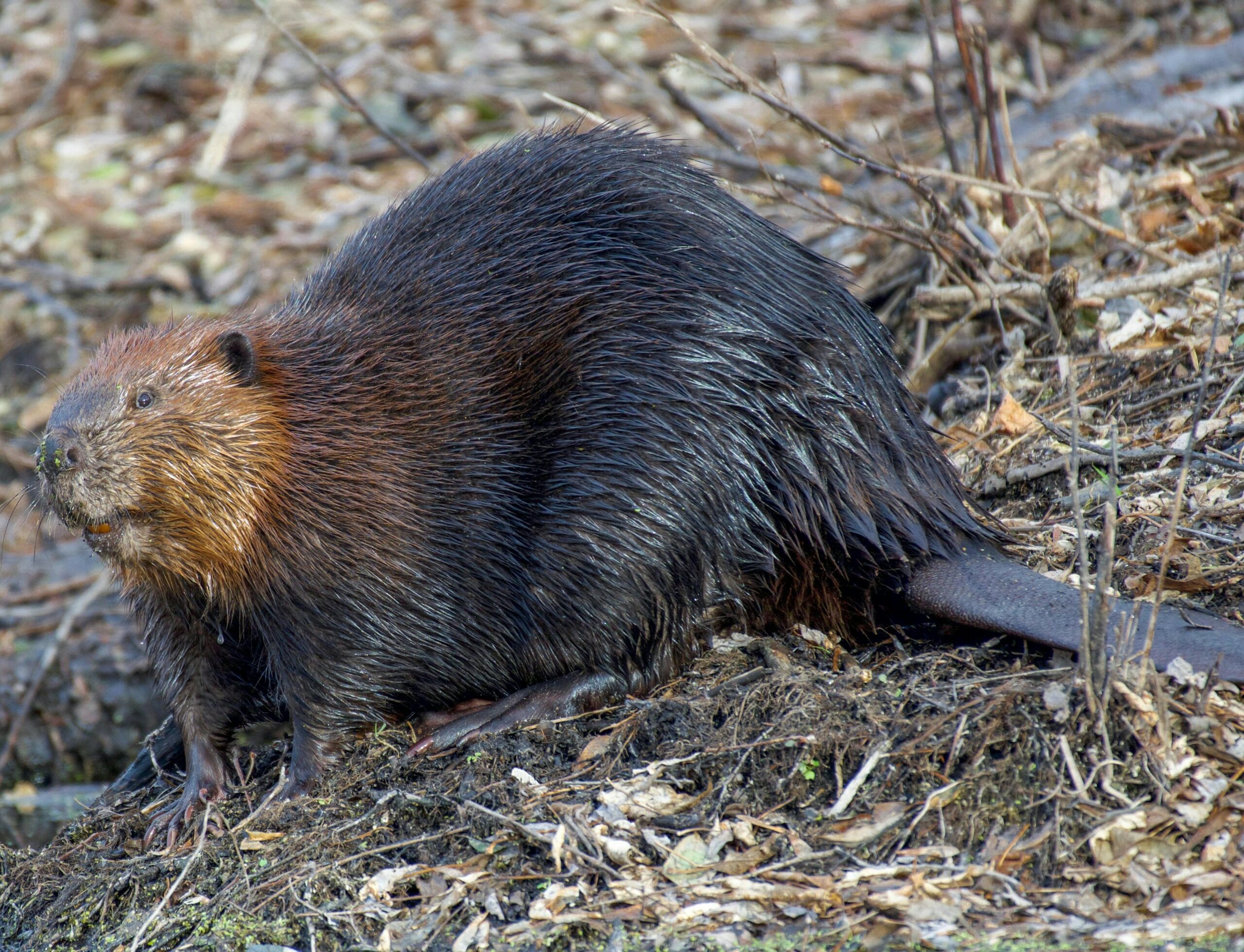 The building of a community is entirely dependent on gifts given to each member by the creator and how these gifts are used. The Beaver’s example of using his sharp teeth for cutting trees and branches to build his dams and lodges expresses this teaching. If he did not use his teeth, the teeth would continue to grow until they became useless, ultimately making it impossible for him to sustain himself. The same can be said for human beings. One’s spirit will grow weak if it is not fulfilling its use. When used properly however, these gifts contribute to the development of a peaceful and healthy community.
The building of a community is entirely dependent on gifts given to each member by the creator and how these gifts are used. The Beaver’s example of using his sharp teeth for cutting trees and branches to build his dams and lodges expresses this teaching. If he did not use his teeth, the teeth would continue to grow until they became useless, ultimately making it impossible for him to sustain himself. The same can be said for human beings. One’s spirit will grow weak if it is not fulfilling its use. When used properly however, these gifts contribute to the development of a peaceful and healthy community.
Learner notes
Humility is being humble and not arrogant
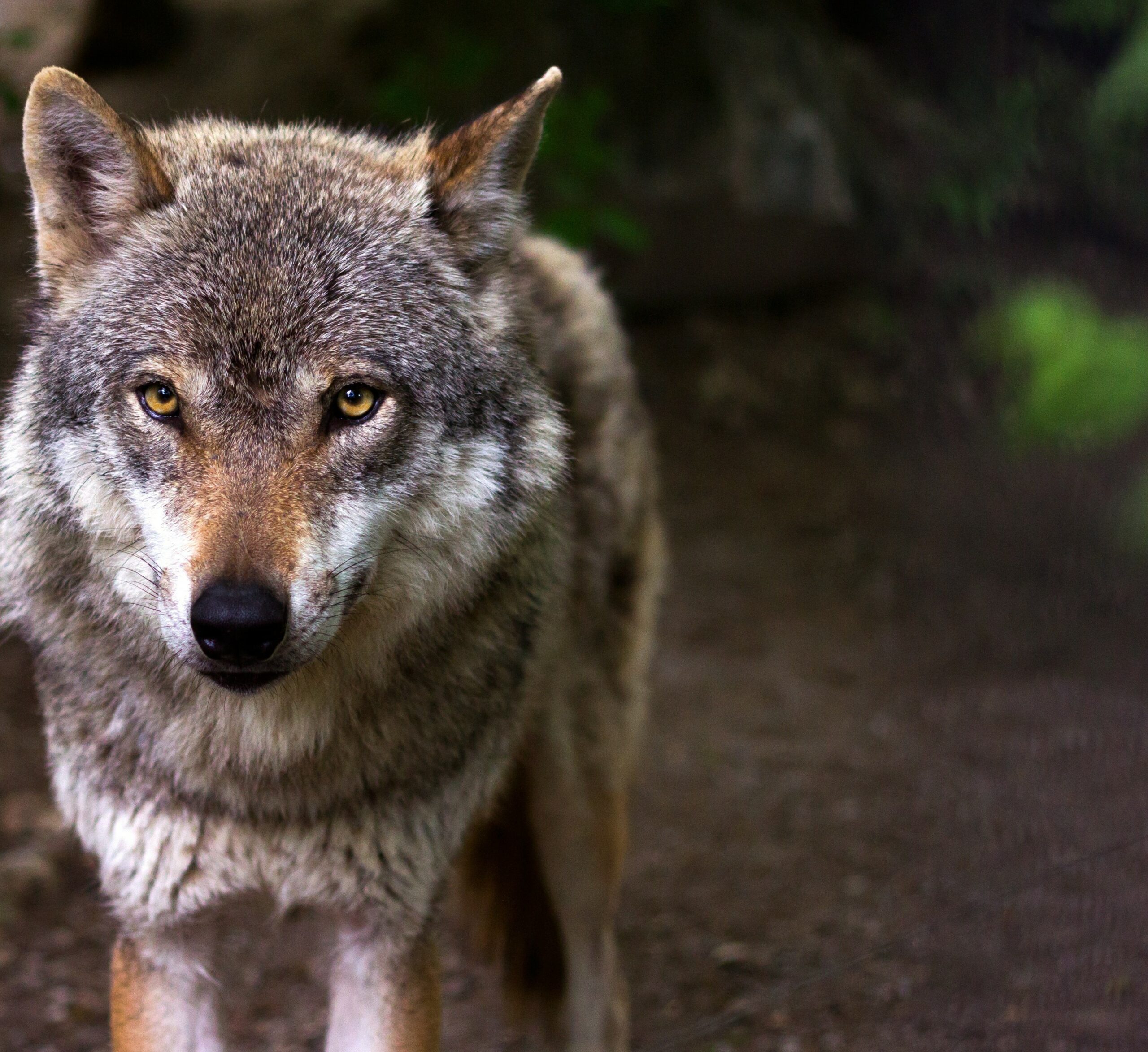 Recognizing and acknowledging that there is a higher power than man and it is known as the Creator is to be deemed truly humble. To express deference or submission to the Creator through the acceptance that all beings are equal is to capture the spirit of humility. The expression of this humility is manifested through the consideration of others before ourselves. In this way, the Wolf became the teacher of this lesson. He bows his head in the presence of others out of deference, and once hunted, will not take of the food until it can be shared with the pack. His lack of arrogance and respect for his community is a hard lesson, but integral in the Aboriginal way.
Recognizing and acknowledging that there is a higher power than man and it is known as the Creator is to be deemed truly humble. To express deference or submission to the Creator through the acceptance that all beings are equal is to capture the spirit of humility. The expression of this humility is manifested through the consideration of others before ourselves. In this way, the Wolf became the teacher of this lesson. He bows his head in the presence of others out of deference, and once hunted, will not take of the food until it can be shared with the pack. His lack of arrogance and respect for his community is a hard lesson, but integral in the Aboriginal way.
Learner notes
Truth is to know and understand all the Seven Teachings given to us by the Creator and to remain faithful to them
 To know truth is to know and understand all of the original laws as given by the Creator—and to remain faithful to them. It is said that in the beginning, when the Creator made man and gave him the seven sacred laws, the Grandmother Turtle was present to ensure that the laws would never be lost or forgotten. On the back of a Turtle are the 13 moons, each representing the truth of one cycle of the Earth’s rotations around the sun. The 28 markings on her back represent the cycle of the moon and of a woman’s body. The shell of the Turtle represents the body real events as created by the Higher Power, and serves as a reminder of the Creator’s will and teachings.
To know truth is to know and understand all of the original laws as given by the Creator—and to remain faithful to them. It is said that in the beginning, when the Creator made man and gave him the seven sacred laws, the Grandmother Turtle was present to ensure that the laws would never be lost or forgotten. On the back of a Turtle are the 13 moons, each representing the truth of one cycle of the Earth’s rotations around the sun. The 28 markings on her back represent the cycle of the moon and of a woman’s body. The shell of the Turtle represents the body real events as created by the Higher Power, and serves as a reminder of the Creator’s will and teachings.
Learner notes
Self-Assessment #2

You have now learned about the Seven Sacred Teachings. Now choose which of the Seven Sacred Teachings you want to learn more about and watch one of the videos available here: The Seven Sacred Laws Animated Web Series. If you have time, you can watch all of them.
When you are done watching, record how your knowledge of the Seven Sacred Teachings will help you with community-based learning.
Record your responses in your Toolkit.
Attributions
- The headings and text of each of the Seven Sacred Teachings is taken from the Seven Sacred Teachings on the Empowering the Spirit website, which is under a CC BY-NC-ND 4.0 licence.
- “Black And White Eagle Flying” by Frank Cone is free to use under a free stock photo & video license from Pexels.
- “Bison on Grass Field” by Chait Goli is free to use under a free stock photo & video license from Pexels. The image here has been cropped.
- “American brown bear” by Janko Ferlič is free to use under the Unsplash License. The image here has been cropped.
- “A Black Bird on Tree Branch” by Ellie Burgin is free to use under a free stock photo & video license from Pexels. The image here has been cropped.
- “Photo of a Beaver” by Andrew Patrick is free to use under a free stock photo & video license from Pexels. The image here has been cropped.
- “Wolf Predator Hunter Canis” by raincarnation40 is free for use under the Pixabay Content License. The image here has been cropped.
- “Turtle underwater photo” by Francesco Ungaro is free to use under the Unsplash License. The image here has been rotated.

